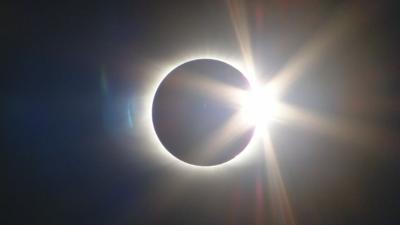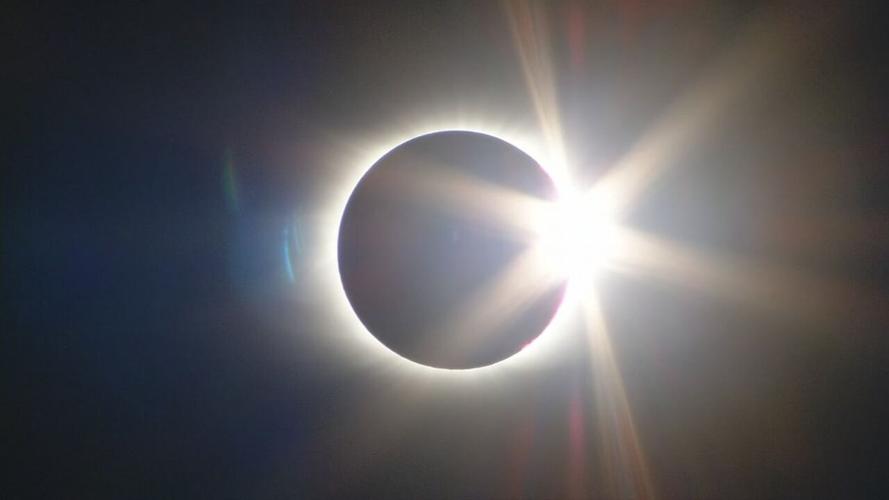LOUISVILLE, Ky. (WDRB) -- On April 8, 2024, our area will get to see a total solar eclipse!
That’s three months away, but we will spend the next three months helping you get ready. We will show you what to expect, how the view will change depending where you watch from, and what you can do in advance to get maximum enjoyment out of this rare event. That all starts with the basics.
What is a total solar eclipse?
A total solar eclipse happens when the moon moves in front of the sun, blocking it from our view and casting a shadow on the earth. How much of the sun is blocked depends on where you are. This is a big deal because part of our area will experience totality, when the moon completely covers the sun!
Louisville will only experience 99% of the sun blocked by the moon which is very different than experiencing totality, which will happen from Jasper through North Vernon, Indiana. But since most folks watching live in and around Louisville, let’s walk through the timeline there.
What to expect and when:
In Louisville, the eclipse will begin at 1:49 p.m. That’s when the moon first starts to block the edge of the sun. Maximum eclipse will happen at 3:07 p.m. in Louisville, when 99% of the sun will be blocked. Then the eclipse will end at 4:22 p.m. in Louisville, when the last part of the moon moves away from the sun. That timeline changes by a few minutes depending on where you are in our coverage area.
Regardless of where you decide to watch from, our entire area is close enough to totality that you will all notice something. The sky will darken like what happens during sunset, except it’s happening in the middle of the afternoon. Even if April 8 winds up being cloudy, we will still experience this darkening. If you have a safe way to look up at the sun, like eclipse glasses or welders glass you can look through, you will see what looks like a bite being taken out of the sun.
What is "totality?"
If you are in totality, when the moon fully covers the sun, you can take your protective eyewear off, as you experience the darkness and other strange things going on around you. This is the last total solar eclipse visible in the continental U.S. for 20 years. The next one is in 2044, and totality won’t be visible here in the Ohio Valley.
Next week, we will break down who will experience totality, what the view will look like outside that area, and what causes the different views.
Eclipse coverage on WDRB:
You’ll be able to find all our Eclipse coverage on wdrb.com and some of that coverage involves you!
Do you have questions about the eclipse, how to watch safely, or how kids can participate? Send them to us! We will have a panel of experts answer your questions in one of our upcoming segments. You can send those to me on Facebook or X or you can email me: hstrong@wdrb.com
Related stories:




